Boosting Efficiency in Agriculture
Drones revolutionize farming by enabling precise resource management, optimizing water, fertilizers, and pesticides for maximum productivity.
SCHEDULE A FREE MEETING
Explore our services and find the fight solution for your project
Innovating for Efficiency, Sustainability, and Profitability
Innovative drone solutions transform agriculture by providing precise crop monitoring, optimizing resource use, and improving field management.
These advancements help farmers maximize yields while reducing waste and input costs, putting more money in their pockets through increased productivity and efficient resource allocation.
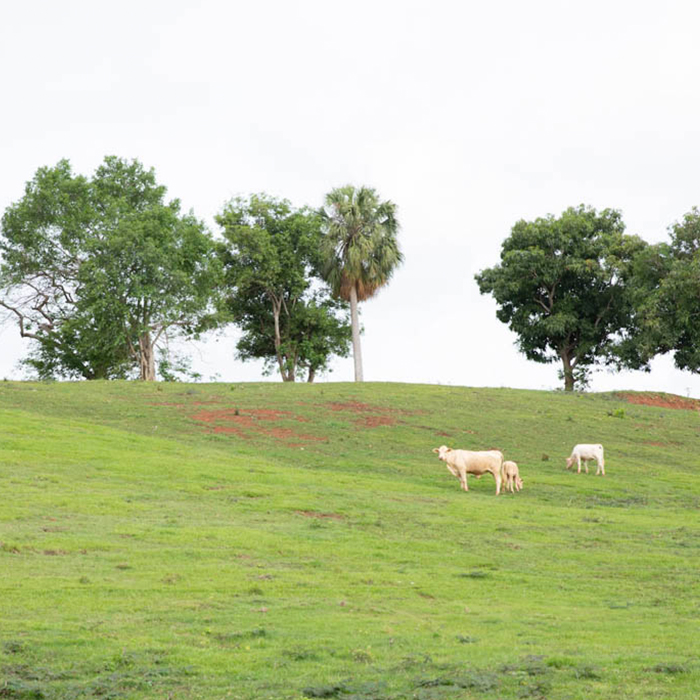

Top 5 challenges in agriculture that drones can help address
- Inefficient Crop Monitoring -Traditional methods of assessing crop health can be time-consuming and imprecise. Drones provide real-time, high-resolution imagery to quickly identify issues like pest infestations or nutrient deficiencies, allowing for faster corrective actions.
- Water and Resource Wastage – Overuse of water, fertilizers, and pesticides is a common challenge in agriculture. Drones offer precise monitoring and mapping of crop conditions, enabling targeted resource application, reducing waste, and optimizing yields.
- Inaccessible or Large Fields – Managing large or remote fields can be labor-intensive. Drones can quickly survey vast areas, providing crucial data on crop conditions without the need for extensive manual labor or travel.
- Delayed Responses to Crop Stress – Delayed identification of issues like drought, disease, or pest infestations can impact yield. Drones deliver immediate data, helping farmers respond to crop stress more quickly and efficiently.
- High Labor Costs – Manual field inspections require significant labor, driving up costs. Drones automate much of the monitoring process, reducing the need for manual inspections and lowering labor expenses.
Top 5 uses for drones in agriculture
Drones provide detailed aerial imagery that helps farmers monitor crop health, identify disease, and assess water needs, improving decision-making and boosting yields.
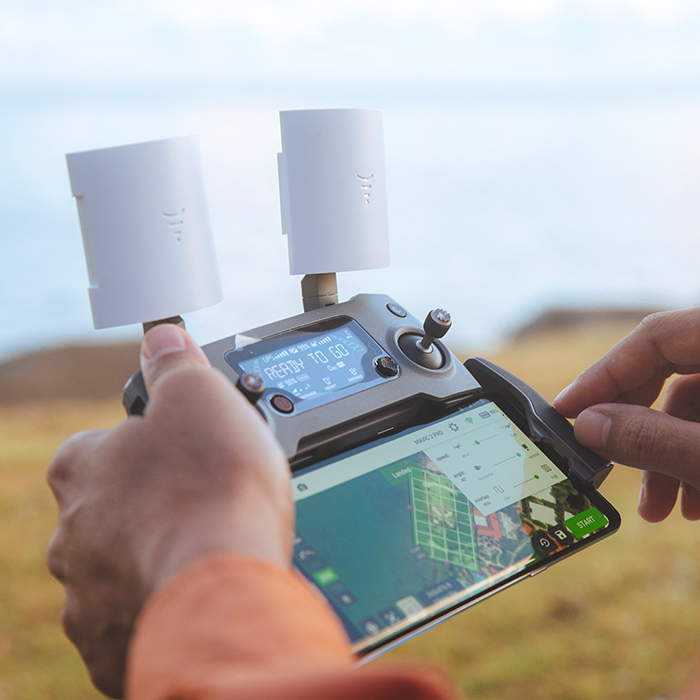

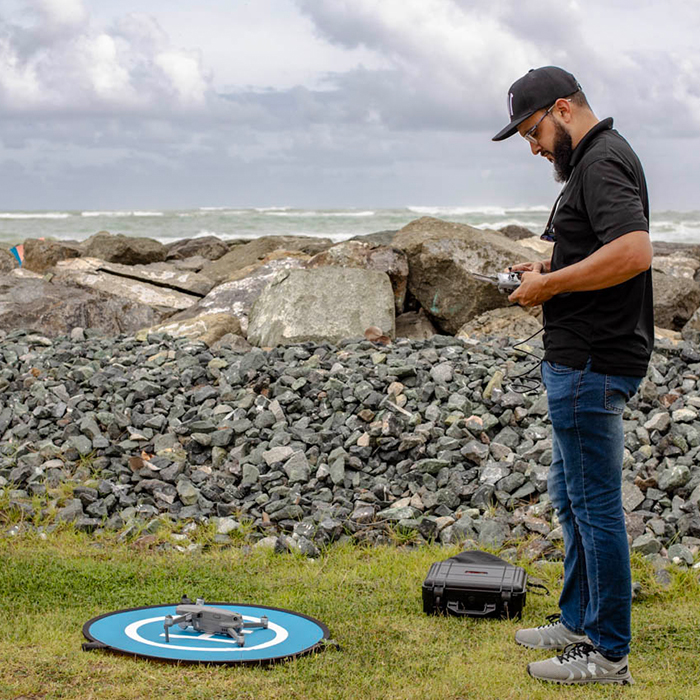
Drones can be used for precise spraying of fertilizers, pesticides, and herbicides, reducing waste and ensuring even coverage across fields.



Drones capture data that helps assess soil quality and field conditions, enabling farmers to optimize planting strategies and manage resources more effectively.
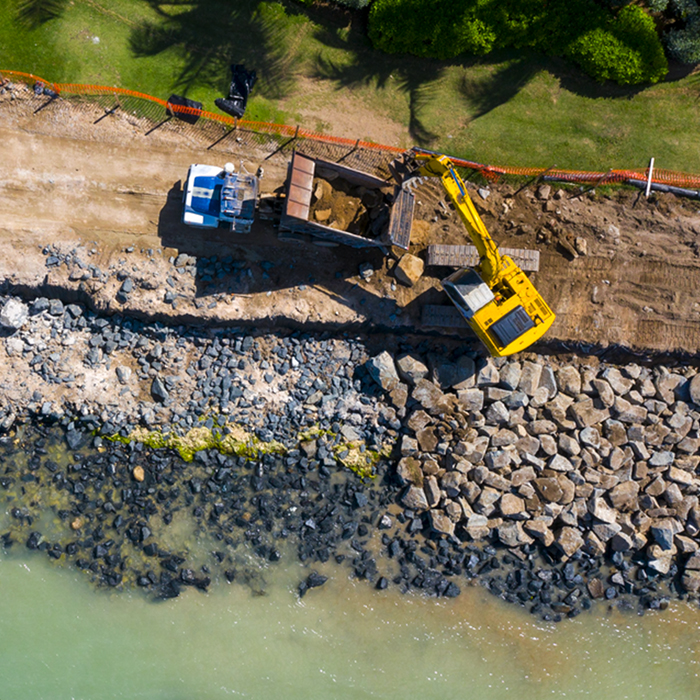


Drones can track and monitor livestock in large or remote areas, providing a quick and efficient way to oversee herd movement and health.
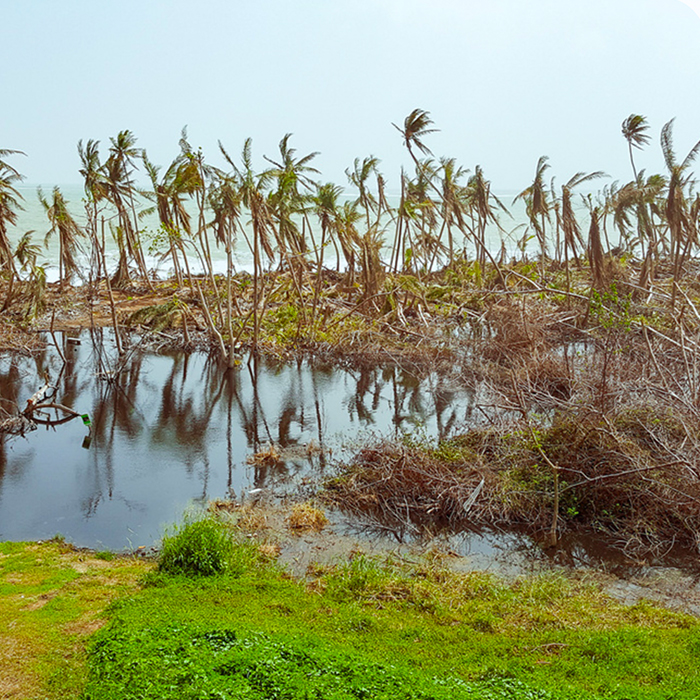
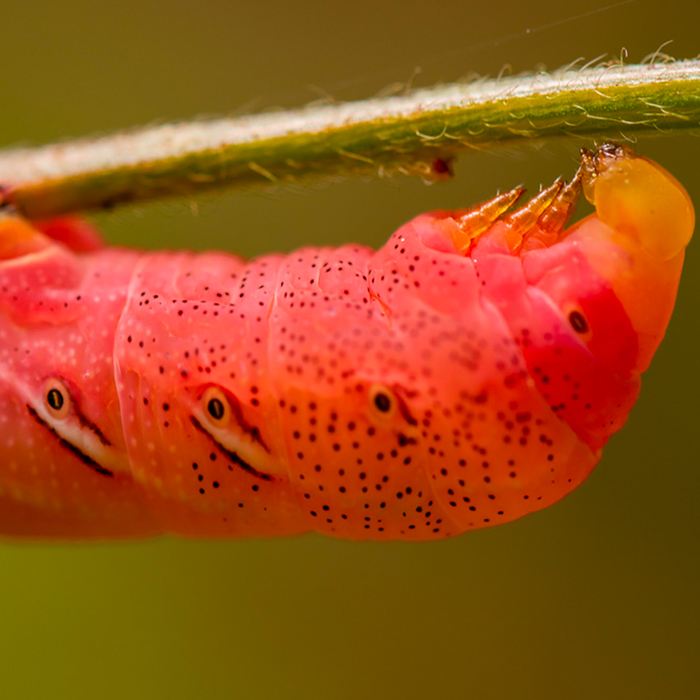

Specialized drones can be used to plant seeds or distribute nutrients in hard-to-reach areas, increasing efficiency and reducing labor costs.


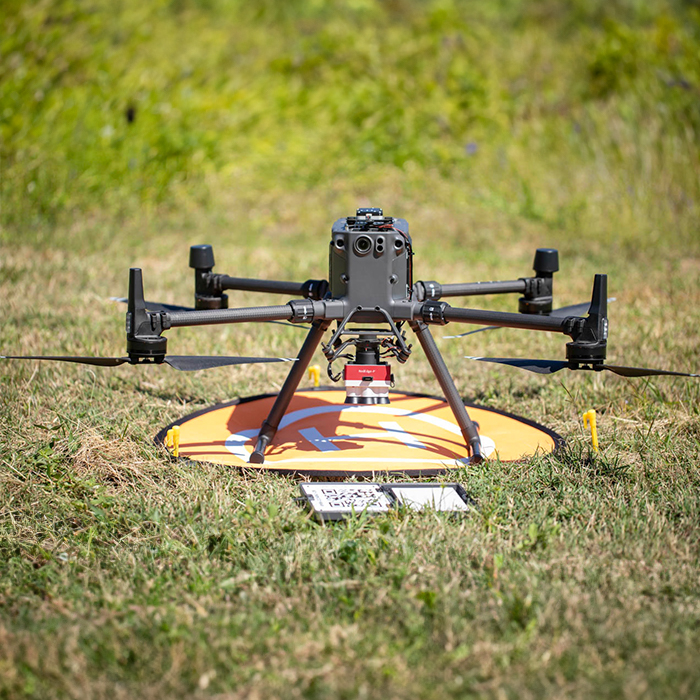
Why hire a licensed drone pilot?
To legally conduct any commercial drone work, operators must hold a Federal Aviation Administration (FAA) Part 107 license. This ensures your project complies with all federal regulations and operates safely.
Licensed pilots, like those at PAUSA365, are trained in airspace rules, flight safety, and emergency procedures, which helps mitigate risks and avoid potential legal issues.
Additionally, we carry liability insurance and follow strict safety protocols, giving you peace of mind and professional results. Operating without a Part 107 License is illegal, and both the pilot and client could face significant fines for non-compliance.
Drones use multispectral imaging to detect crop stress, pest infestations, and nutrient deficiencies early, enabling farmers to take action before issues escalate.
Yes, drones provide precise data on soil and crop conditions, allowing for targeted application of water, fertilizers, and pesticides, reducing waste and improving efficiency.
Drones can cover large fields quickly, providing high-resolution data on crops and land conditions, which is especially valuable for managing expansive or hard-to-reach areas.
By improving crop management, reducing resource waste, and minimizing labor costs for manual inspections, drones help farmers increase yields and cut costs.
Yes, drones can be used to monitor and track livestock in large or remote areas, reducing the time and effort needed for manual inspections.
Our Main
Clients
- Farmers & Agricultural Managers
- Agricultural Consultants
- Agronomists
- Large Scale Farming Operations
- Livestock Managers
- Agricultural and Community Based NGO’s


